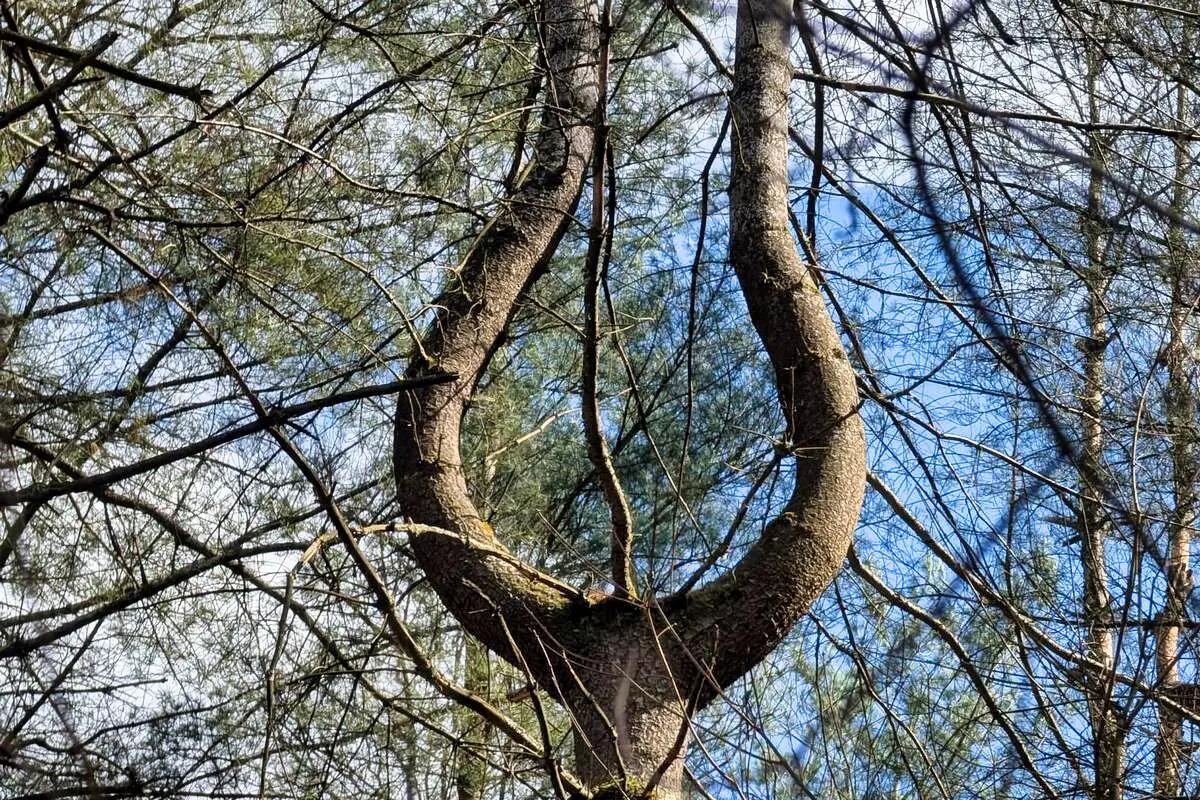
Wayne National Forest Boondocking Adventure – Ultimate Guide to Off-Grid Camping Fun: Wayne National Forest offers a great chance for boondocking, letting you camp deep in nature without the usual campground rules or fees. This means you can enjoy free, primitive camping on public land, surrounded by quiet woods and scenic views. Whether you want to park your rig or pitch a tent, this forest has plenty of spots where you can set up and disconnect.
You’ll need to bring everything you need since there are no bathrooms or hookups, but that’s part of the adventure. The forest also features trails for off-highway vehicles and peaceful areas perfect for hiking and exploring.
Wayne National Forest Boondocking Key Takeways
- You can camp for free in many parts of Wayne National Forest.
- The area has no facilities, so pack all essentials with you.
- Trails and quiet nature spots make it great for outdoor fun.
Wayne National Forest Boondocking
Wayne National Forest boondocking offers a great place for boondocking if you love being close to nature. This forest is in southeastern Ohio on the Allegheny Plateau. It is the only national forest in Ohio and has many quiet spots where you can camp without hookups.
When you boondock here, you’ll find rugged land with hills, streams, and woodlands. The forest is huge, so you have plenty of space to park your RV or set up a tent away from crowded campgrounds. You can enjoy hiking, fishing, and exploring historic sites while you stay.
A few group campgrounds like the Two Point Group Campground offer space for 50 people and a picnic shelter, but most boondocking areas are spread out and more private.
Key things to know:
- No electric, water, or sewer hookups in boondocking areas
- Bring your own water and supplies
- Follow Leave No Trace rules to protect the forest
- Quiet hours and campfire rules apply
Wayne National Forest boondocking lets you disconnect and enjoy fresh air. Find a spot near a lake, river, or trail and soak in the peaceful forest surroundings.
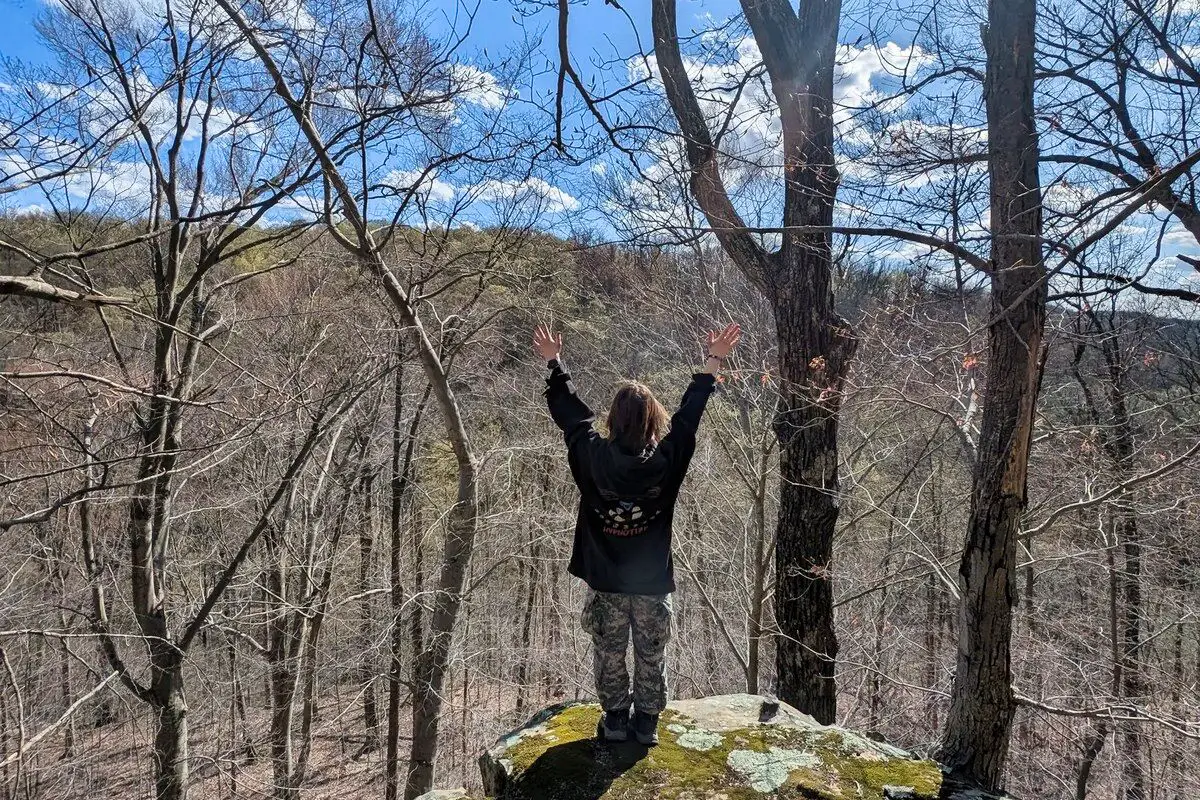
Wayne National Forest Boondocking Information
When you camp at Wayne National Forest, you can choose from many options. There are nine developed campgrounds with basic facilities like picnic tables and fire rings. These spots are great if you want some comfort while still being close to nature.
If you love adventure, try Wayne National Forest boondocking or dispersed camping. This means camping in undeveloped areas where there are no services. You must bring everything you need, including water and firewood.
There are over 300 miles of hiking and biking trails around the campsites. You can also explore areas for horse riding and off-highway vehicles. Some campgrounds include:
- Iron Ridge
- Oak Hill at Lake Vesuvius Recreation Area
- Burr Oak Cove on Burr Oak Reservoir
- Stone Church Horse Camp
Plan your trip well. Since boondocking has no facilities, pack out all trash and follow forest rules.
Outdoor Activities And Nearby Attractions
When you try Wayne National Forest boondocking , you’ll find plenty of ways to enjoy nature. Hiking is a top activity, with over 300 miles of trails through beautiful hills and forests. These trails fit all skill levels, so whether you want a short walk or a long trek, you’ve got options.
Fishing and boating are also popular at Lake Vesuvius, a calm reservoir where you can relax and enjoy the water. It’s a great place for a picnic or to just soak in the peaceful surroundings.
If you like camping with a view, check out Lane Farm Campground near the Little Muskingum River. It has a quiet, natural setting perfect for unwinding after a day outdoors.
Nearby, you can explore small towns and local spots that add charm to your visit. For example, Nelsonville offers shops and eateries to explore after your outdoor adventures.
Here’s a quick list of things you can do while boondocking here:
- Hiking and trail walking
- Fishing and boating at Lake Vesuvius
- Camping along the riverside
- Exploring nearby towns like Nelsonville
- Wildlife watching and photography
Wayne National Forest Boondocking Directions
Wayne National Forest boondocking is easy to reach from several cities. You can drive from Columbus, Cincinnati, Louisville, or Pittsburgh in less than a day.
If you are coming from Ironton, Ohio, head north on State Route 93 for about 6.5 miles. Then, turn onto County Road 29 and follow signs to the recreation area.
At the entrance, turn left and pass the lake and boat dock. The campground will be about one mile ahead on your left.
If you want to try boondocking near Logan, Ohio, look for the Dorr OHV Trailhead area. This spot is part of Wayne National Forest and has free camping where you can stay up to 14 days.
Here’s a quick summary:
| Starting Point | Route | Notes |
|---|---|---|
| Ironton, OH | State Route 93 ➔ County Rd 29 | Follow signs, turn left at entrance |
| Logan, OH | Access Dorr OHV Trailhead | Free boondocking, 14-day limit |
| Major cities (Columbus, Cincinnati, etc.) | Drive direct to forest area | Less than a day’s drive |
Make sure your GPS can handle forest roads. Some paths might be narrow or unpaved. Enjoy your trip and get ready for a great outdoor adventure!
Wayne National Forest Boondocking Vehicle Access And Pricing
When you visit Wayne National Forest for boondocking, you can access many trailheads and camping spots with your vehicle. Roads lead directly to popular areas like Hanging Rock and Dorr OHV Trailheads. These roads are mostly unpaved but suitable for most vehicles.
You need a vehicle that fits the rules. Only motorbikes and ATVs less than 50 inches wide can use designated trails. Your vehicle must have a license plate and registration sticker or Ohio decal if required. This keeps the trails safe and legal for everyone.
You don’t need a daily pass for camping or trail access, but if you stay longer or plan to ride extensively, passes are available. Here’s a quick look at the pricing:
| Pass Type | Cost | Validity |
|---|---|---|
| 3 Day Pass | $20 | Three consecutive days |
| Seasonal Pass | $35 | Open April 15 – Dec 15 |
You can stay up to 14 days at certain spots like the Dorr OHV Trailhead. Many camping areas and trailheads offer free camping, but check the latest rules before you go.
Camping Regulations And Restrictions
While you are taking advantage of Wayne National Forest boondocking site4s, you need to follow some important rules to keep the forest clean and safe. You can’t stay in one spot for too long. This helps protect the environment and gives others a chance to enjoy the forest too.
You must camp at least 100 feet away from roads, trails, and water sources. This keeps wildlife safe and helps prevent pollution. Fires are allowed only in established fire rings or grills, and you should always watch them closely.
Limits exist on how many days you can camp in the same spot. Usually, you can stay up to 14 days within a 30-day period. After that, you should move to a different area at least 5 miles away.
Trash and waste rules are strict. Pack out everything you bring in. You can’t leave garbage or human waste behind. Use a portable toilet or dig a cat hole 6-8 inches deep, far from water.
Here are some key rules to remember:
| Rule | Details |
|---|---|
| Max stay length | 14 days per 30-day period |
| Distance from water & trails | At least 100 feet |
| Fire rules | Use existing fire rings, never leave unattended |
| Trash | Pack it in, pack it out |
Leave No Trace
When you boondock in Wayne National Forest, Leave No Trace is key. You bring everything in, and you take everything out. Trash, food scraps, and gear—none of it should be left behind.
Set up your camp at least 200 feet from roads and water. This helps protect animals and keeps water clean. You want to enjoy the forest, but also keep it natural for others.
Carry out all your garbage using trash bags. Most trailheads don’t have trash services, so plan ahead. Leave the area as clean or cleaner than you found it.
Respect other campers by keeping noise low and minimizing your footprint. Avoid cutting live trees or damaging plants. Stay on existing sites to help the forest stay healthy.
Here’s a quick checklist to follow:
- Pack out all trash and leftover food
- Camp 200+ feet from water and roads
- Use established sites where possible
- Keep noise to a minimum
- Do not disturb wildlife or plants
Helpful Wayne National Forest Boondocking Information Links:
Over 10,000 Free Boondocking Locations
Boondocking Recipes for 1000’s Of Camping Meals
Bureau of Land Management
Government Recreation Area
National Park Service
Leave No Trace
State Specific Information Links
Ohio Park Service
Ohio Fish and Wildlife
Free Boondocking Campsites
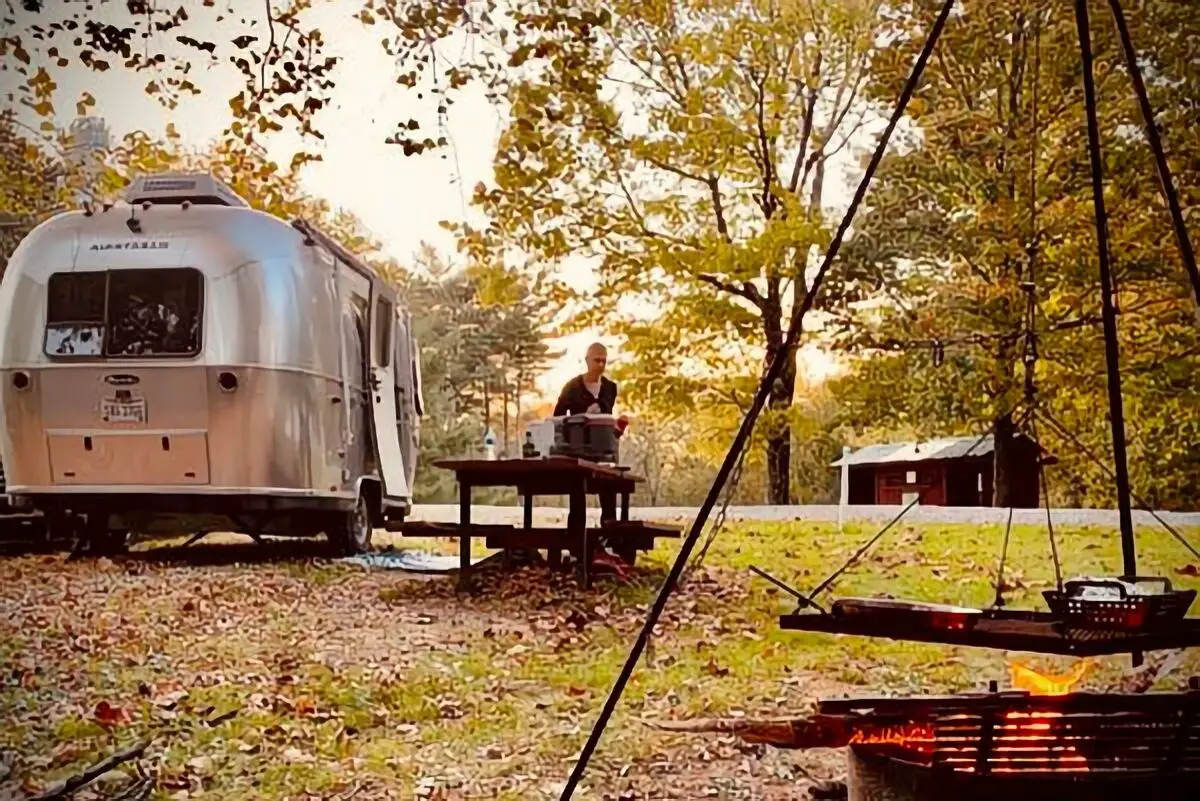
AEP Equine Camp Boondocking In McConnelsville, OH
39.714846, -81.762464
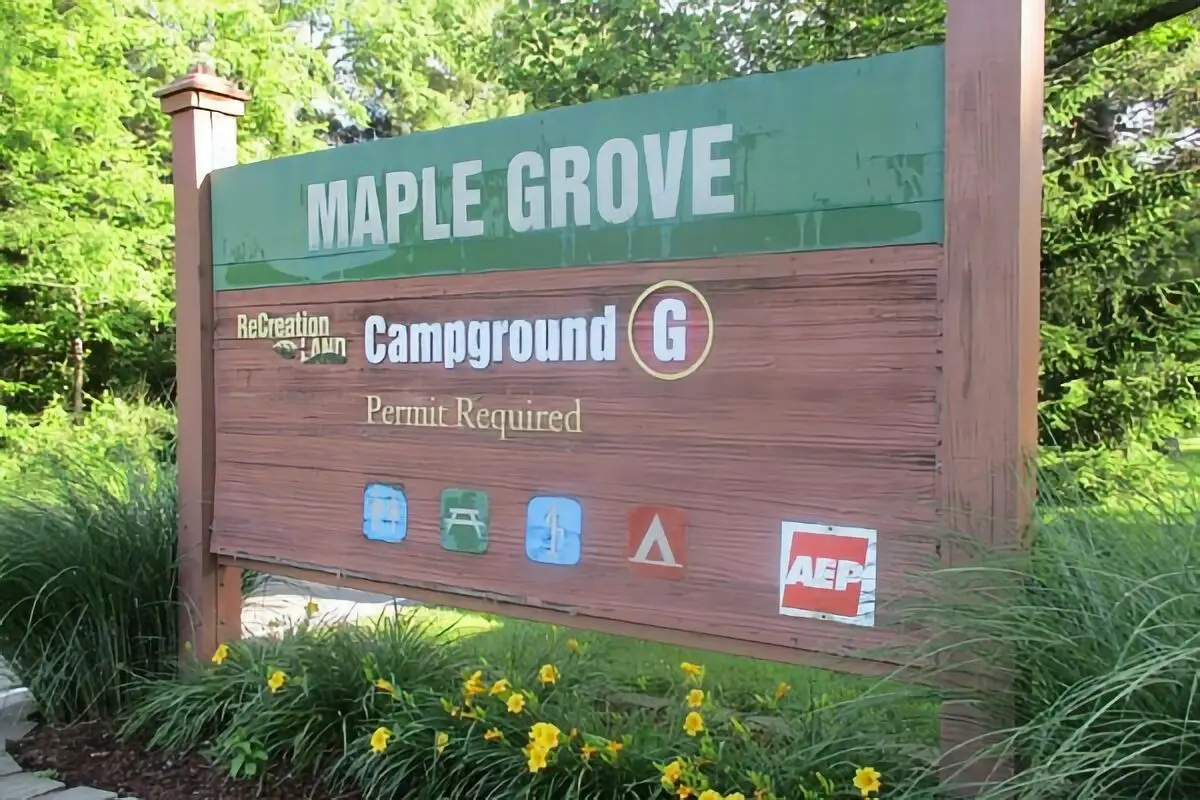
AEP Maple Grove Boondocking In McConnelsville, OH
39.706572, -81.725125
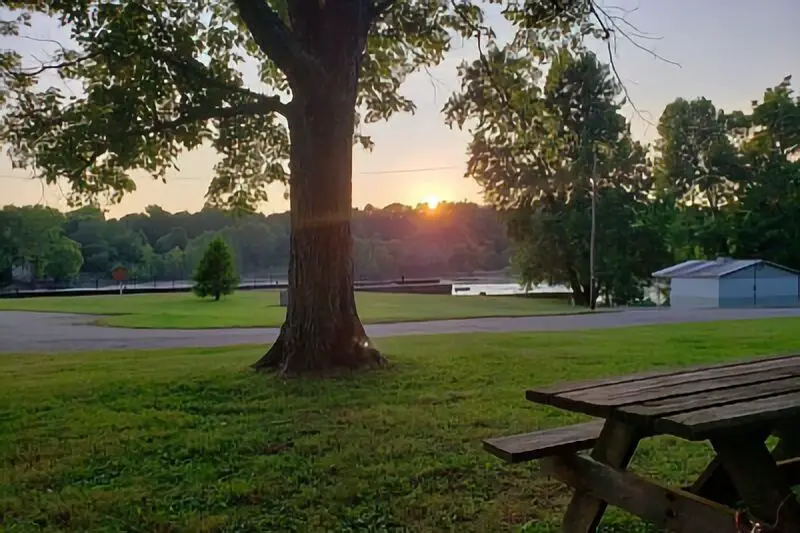
AEP Miners Memorial Park Boondocking In McConnelsville, OH
39.698635, -81.730959

AEP Recreation Lands Boondocking In Cumberland, OH
39.73201, -81.72163

AEP Bicentennial Campground K In Cumberland, OH
39.774015, -81.64498

AEP Hook Lake Boondocking In Cumberland, OH
39.727802, -81.707133
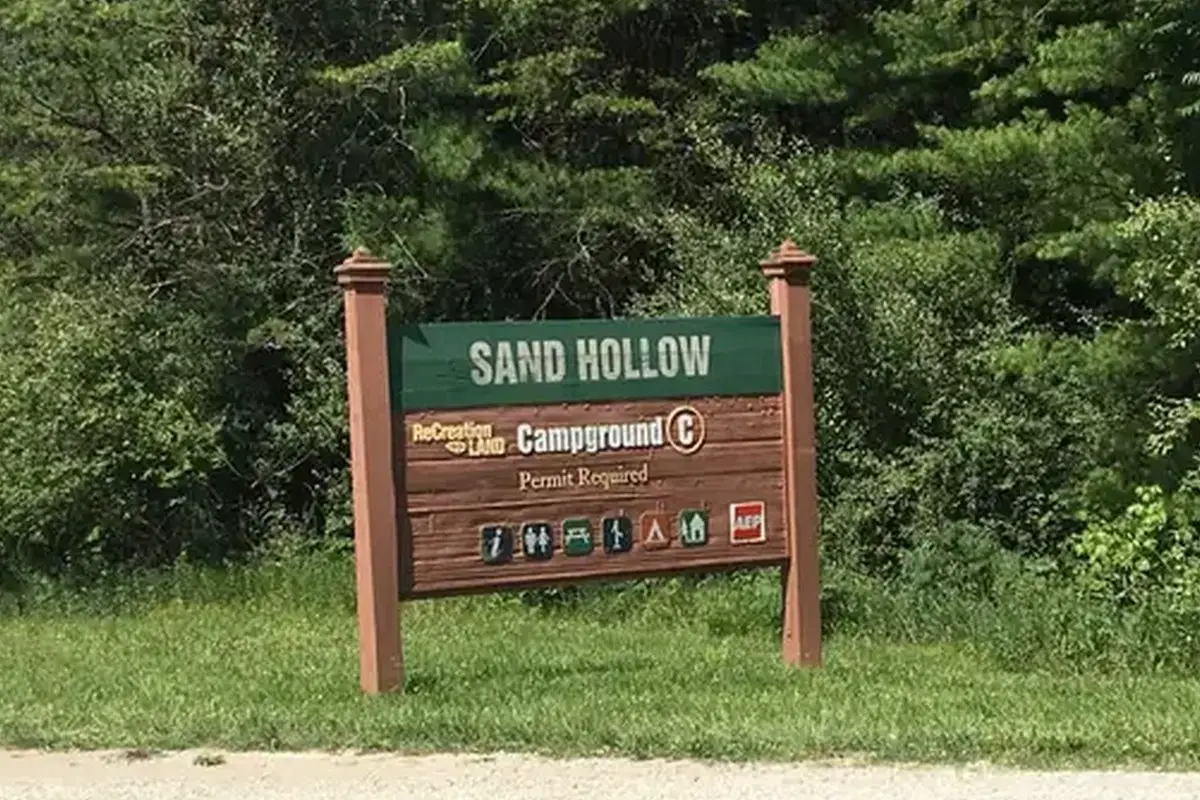
AEP Sand Hollow Boondocking In Cumberland, OH
39.734675, -81.731667
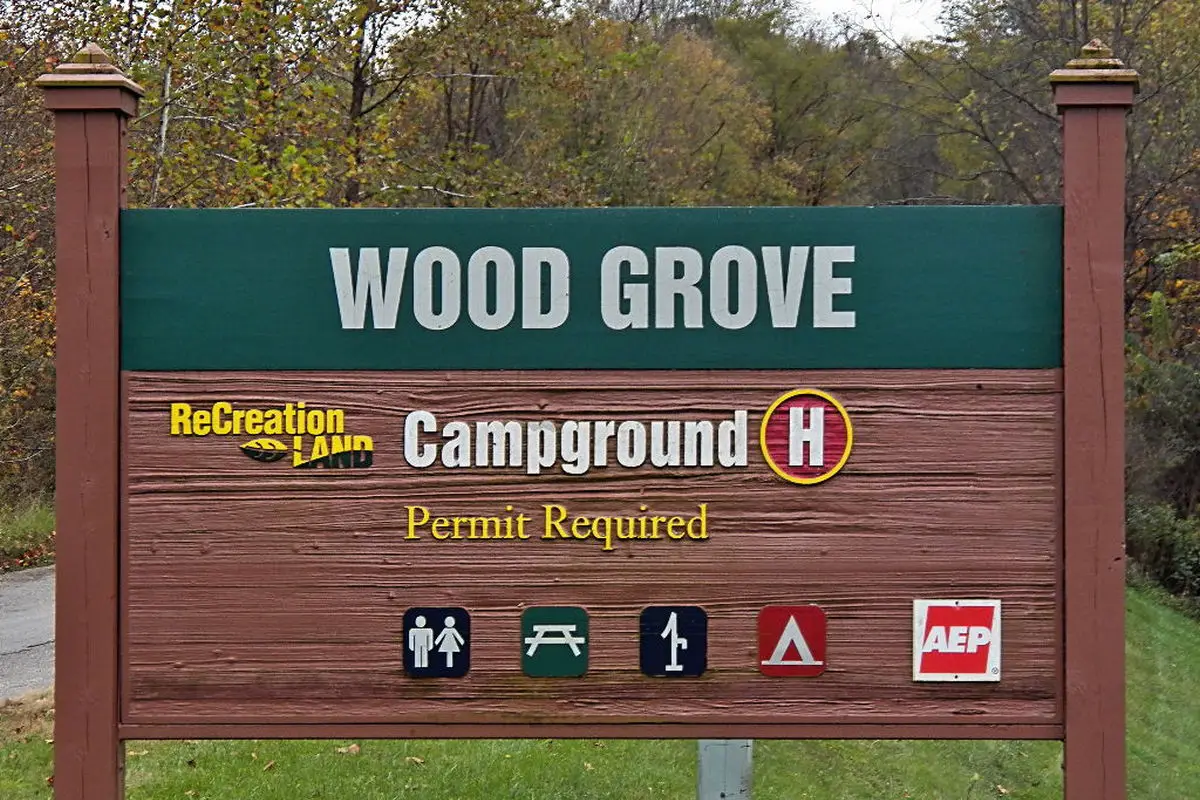
AEP Wood Grove Boondocking In McConnelsville, OH
39.720554, -81.671337

Stone Church Boondocking In Shawnee, OH
39.608373, -82.248085

New Straitsville TH Boondocking In New Straitsville, OH
39.57203, -82.24453

Dorr OHV TH Boondocking In Logan, OH
39.482675, -82.292444

Wildcat Hollow Boondocking In Glouster, OH
39.57285, -82.032809

Jesse Owens State Park Boondocking In Reedsville, OH
39.1684, -81.89944
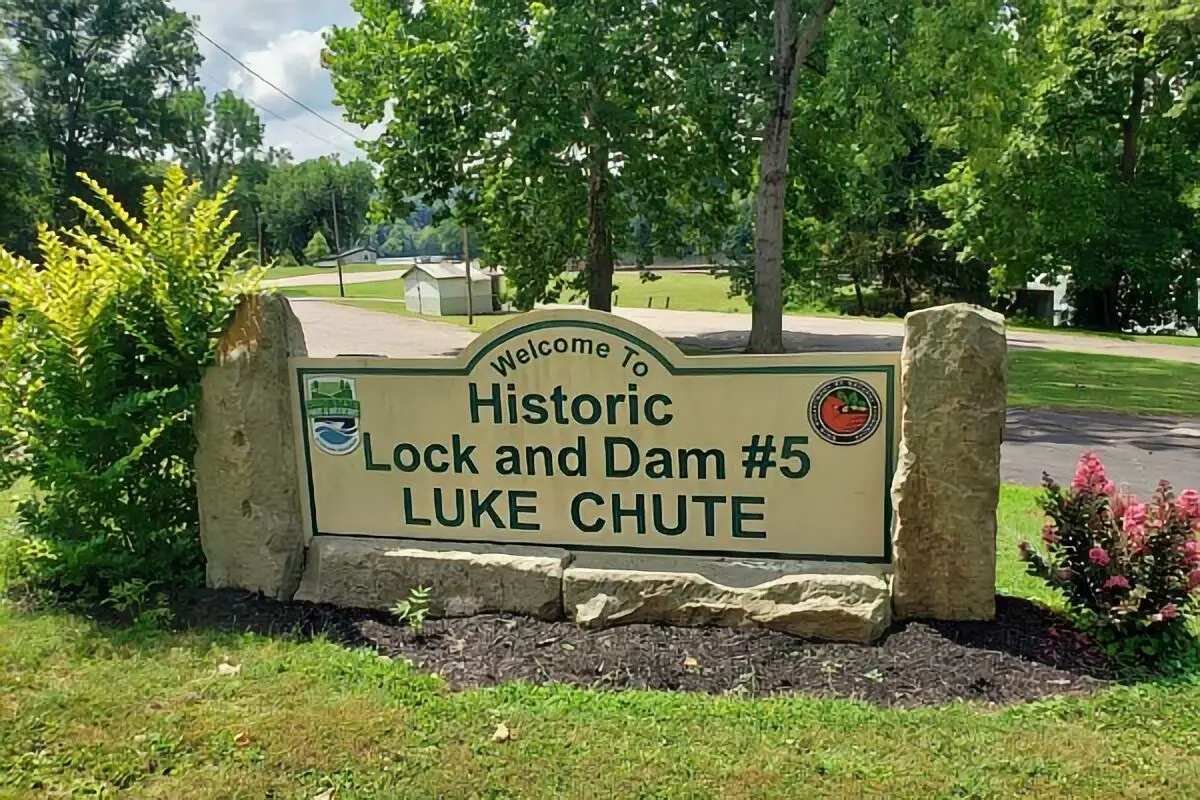




 Campground In Nelsonville, OH
Campground In Nelsonville, OH